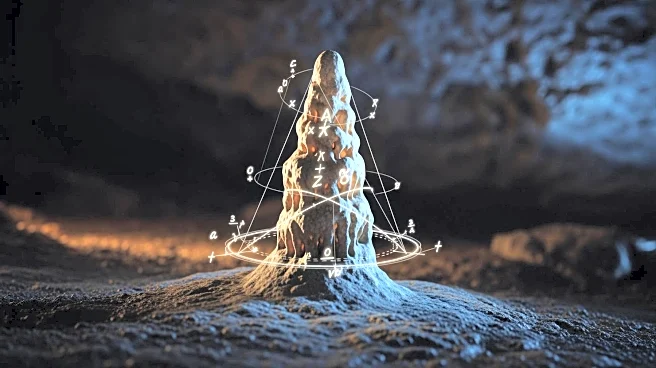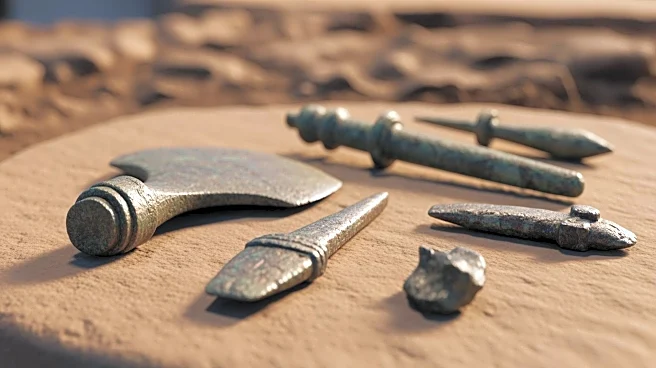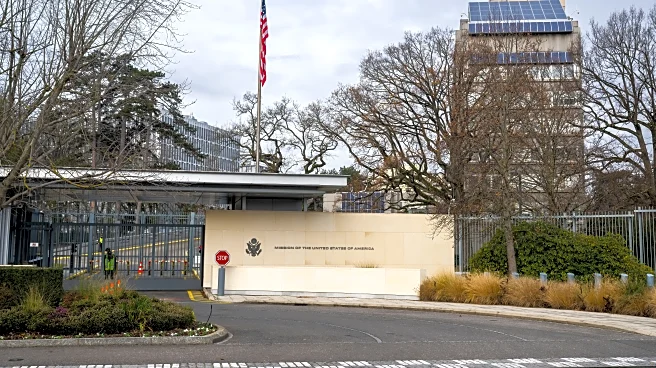What's Happening?
Researchers from the University of Gothenburg have discovered a plano-convex ingot in Sweden, initially believed to be a Bronze Age artifact. Upon analysis using isotopic and chemical methods, the ingot was found to be composed of a copper-zinc-tin-lead
alloy, typical of the Iron Age and later periods. This discovery challenges previous assumptions about the artifact's age and origin. The ingot's composition closely matches that of Iron Age finds in Poland, suggesting broader historical connections. The research highlights the importance of international collaboration in archaeometallurgy, as Polish scholars contributed to the study, providing comparative data that helped contextualize the Swedish find.
Why It's Important?
This discovery is significant as it provides new insights into the trade and cultural exchanges during the Iron Age. The ingot's composition suggests that there were established networks between regions such as Sweden and Poland, indicating a level of interaction and exchange previously underestimated. The study underscores the value of combining archaeological methods with scientific analyses to reinterpret isolated artifacts, potentially reshaping historical narratives. Such findings can influence our understanding of ancient economies and societies, highlighting the interconnectedness of European regions during the Iron Age.
What's Next?
Further research may focus on exploring other isolated artifacts using similar analytical techniques to uncover more about historical trade networks. The collaboration between Swedish and Polish researchers could lead to additional studies that examine the extent of cultural and economic exchanges in the Baltic region during the Iron Age. This could involve more detailed investigations into the sources of metals used in artifacts and the routes through which they were traded.
Beyond the Headlines
The study exemplifies the importance of interdisciplinary approaches in archaeology, combining scientific methods with historical analysis to provide a more comprehensive understanding of the past. It also highlights the role of international collaboration in advancing research, as sharing data and expertise across borders can lead to significant breakthroughs. This approach may inspire similar collaborations in other fields, promoting a more integrated and global perspective in historical research.















